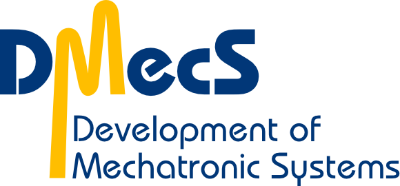Hardware-in-the-Loop (HiL) Testings and Parameter Identification of Power Packs and Electric Drives
Test Bench Setup and Processes
To ensure the implementation of a realistic testing environment stringent requirements regarding highly dynamic actuators and sensors as well as towards an innovative and highest-performance controller were defined. The modular and flexible design offers a remarkable wide range of application for
- individual expansions,
- investigation of the device under test without disturbing environmental influences, as well as an
- easy integration in customers software and processes.
Test automation and automated processes such as initializations are easy to perform, no additional operating software is required.
Test Bench Control
The open- and closed-loop test bench control is usually executed on a modular dSPACE system. This is driven by an open and expandable MATLAB/Simulink development environment which can be used for implementation of individual testing sequences and HiL models as well as for integration into a complete vehicle simulation. The illustrated transfer behavior shows that the structural dynamic of the test bench has no negative effect on the testing results.
Special Features of the Closed-Loop Control
- torque, velocity, or position control according to the application
- optimal state control with disturbance observation and compensation
- compensation of nonlinear effects (e.g. torque ripple of the load actuator)
- bandwidth up to several hundred hertz in small-signal behavior
- precise adjustment of the reference value at the device under test
- excellent disturbance rejection
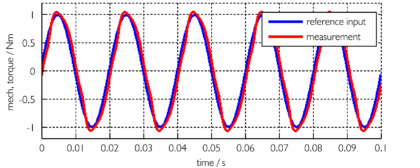
Realistic HiL Testing of Power Packs
Switched to the hardware-in-the-loop (HiL) operation mode the test bench provides a realistic testing environment for power packs. For this, the mechanical components connected to the device under test (DUT) in the real-world application are replaced by an appropriate simulation model. The calculated loads at the DUT’s shaft are applied by the highly dynamic load actuator in the same manner as connected mechanical components would do. This test bench concept is applicable to all systems with an electrical drive in a wide range of the development/production process. It can already be used for testing of prototypes in early development stages, but it is also suitable for testing of components in mass production. The achieved testing quality isn’t feasible by conventional test benches.
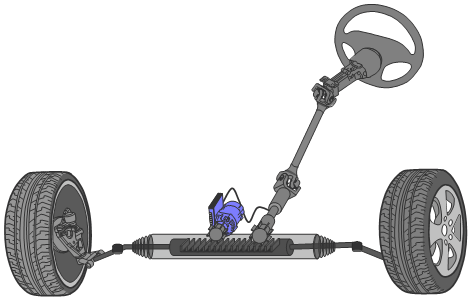
Parameter Identification / Model Validation
Apart from the HiL mode the test bench and the provided software offer a variety of additional options for the investigation of the device under test:
Determination of Mechanical Parameters and Torque Characteristic Curves
By a fully automatic experimental procedure that yields statistically confirmed results the mechanical parameters of a device under test such as the
- inertia and
- friction
can be precisely determined. In addition, torque characteristic curves can be measured without disturbing test bench vibrations – again with an automated process.
Operating-Point-Dependent Transfer Behavior
The test bench offers the option to determine the reference transfer behavior of the torque/current control of the device under test at different operating points (velocity and torque). For this purpose, an excitation signal with a wide frequency range is added to the reference torque and the air gap torque is determined by a virtual sensor developed by DMecS. This allows for the calculation of the frequency response (magnitude and phase) which for example can be used in development and parametrization of a model.
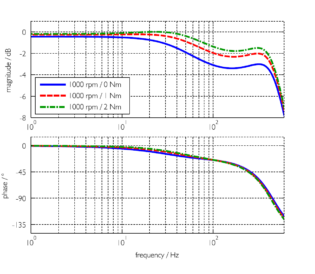
Operating-Point-Dependent Investigation of Torque Ripple
Another application is the investigation of the torque ripple of the device under test at different operating points (velocity and torque). As DMecS uses a virtual sensor for determination of the air gap torque the torque ripple can be precisely determined even at higher speeds. This qualifies the test bench for development and validation of torque ripple compensation algorithms.
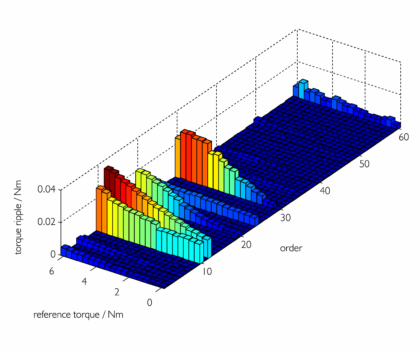
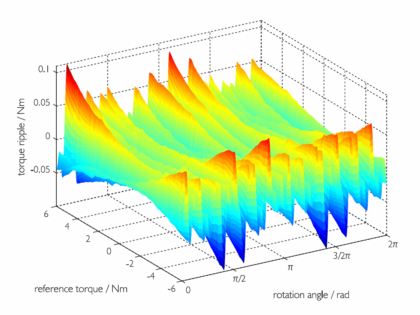
Test Benches for Steer-by-Wire Systems
The test benches for Steer-by-Wire (SbW) systems are employed for the testing of hand wheel actuators (HWA) and road wheel actuator (RWA) power packs. The SbW test bench consists of two individual power pack test benches with a main unit or of a combined test bench for RWA power pack and HWA. The coordination of HiL testing of two devices under test, integrated into a vehicle model including sensor emulation, can be conducted easily due to the modular design and the automated processes.
...
